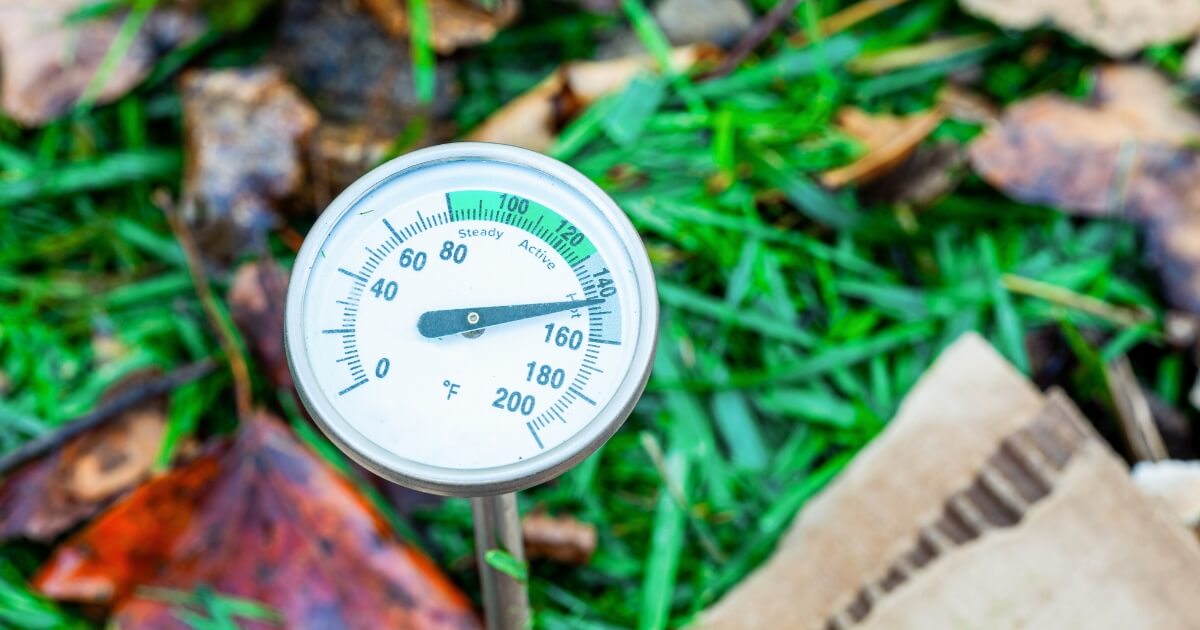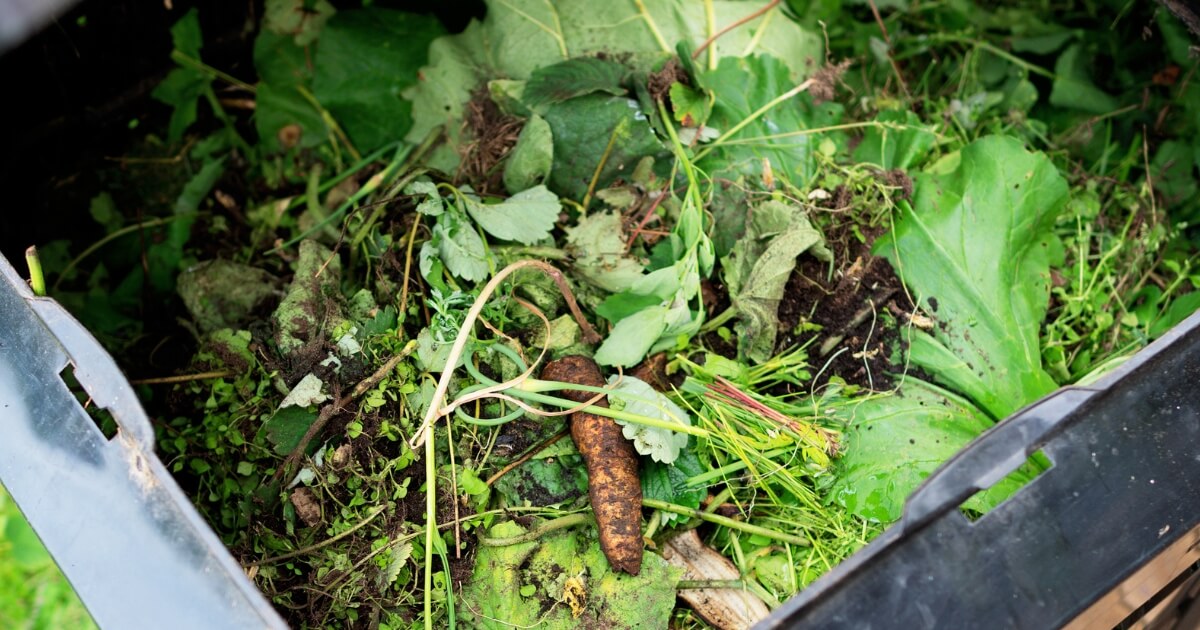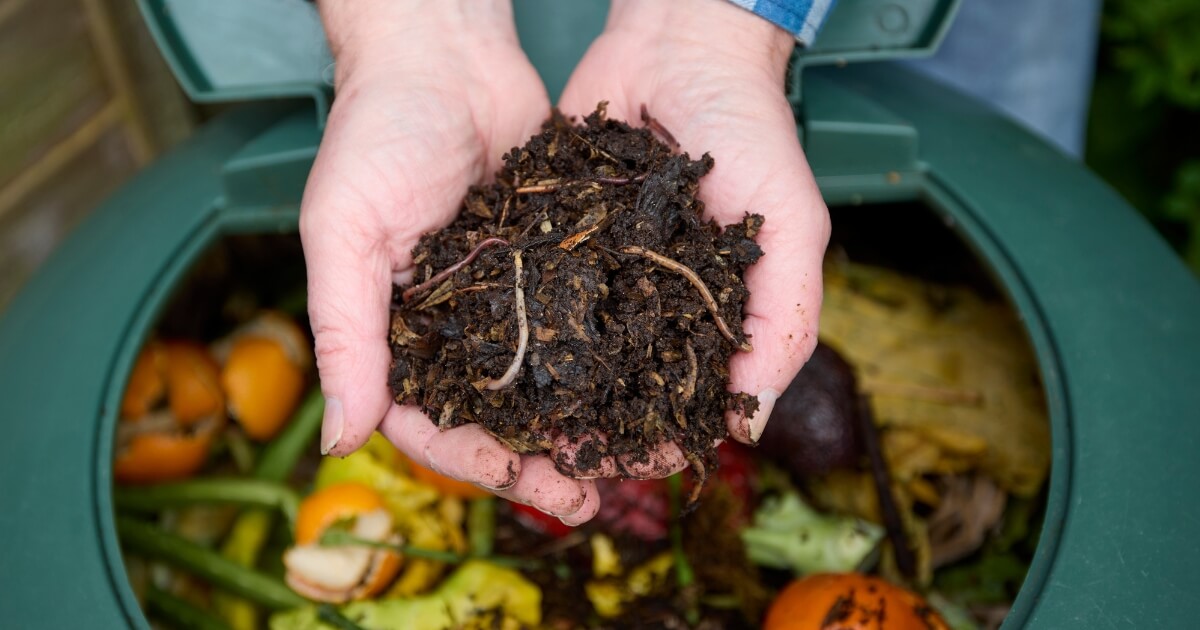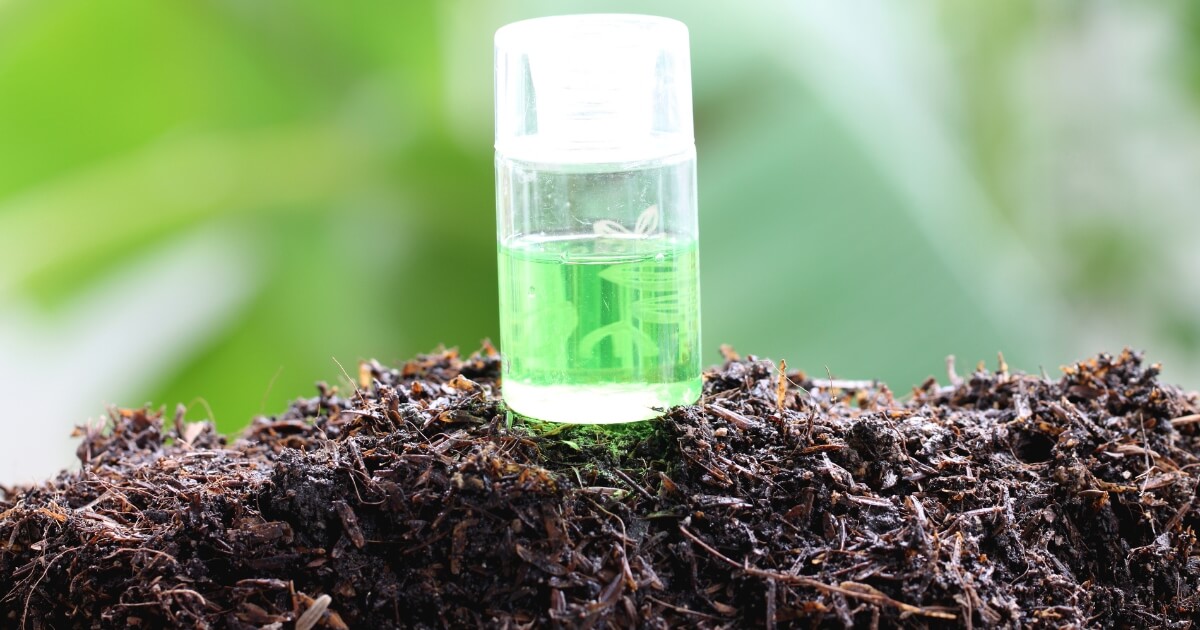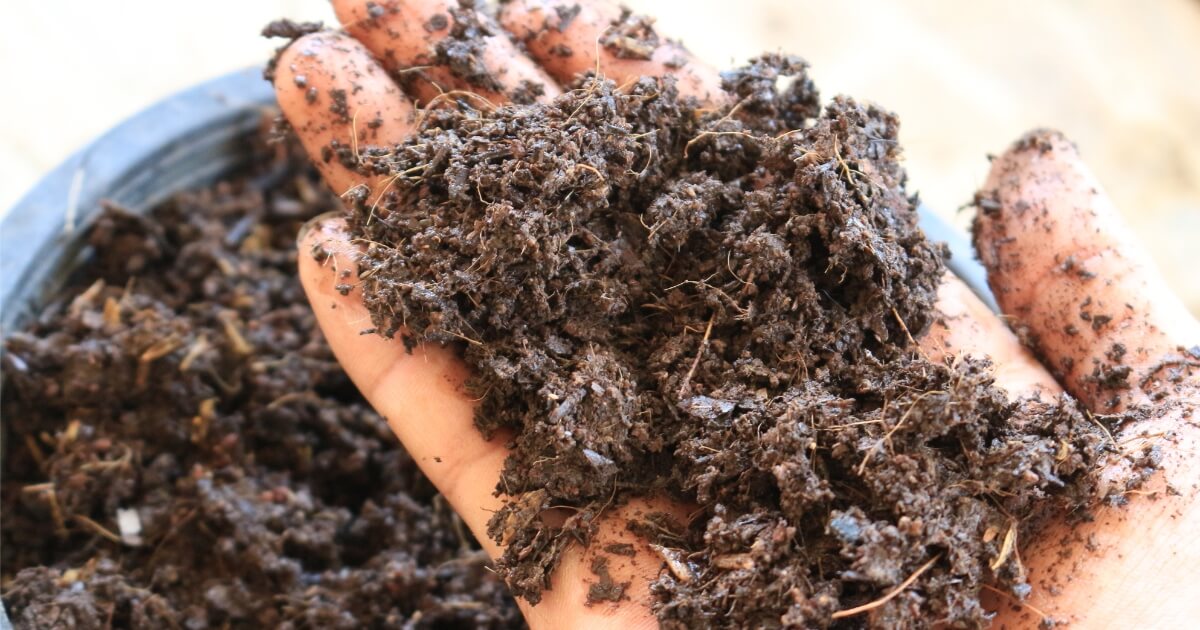Composting is a popular trend for homeowners, but many people wonder if pineapple acidity makes it an unsafe compost ingredient.
Pineapple rinds and flesh are compostable, but you need to follow a few rules to avoid issues within your composting system.
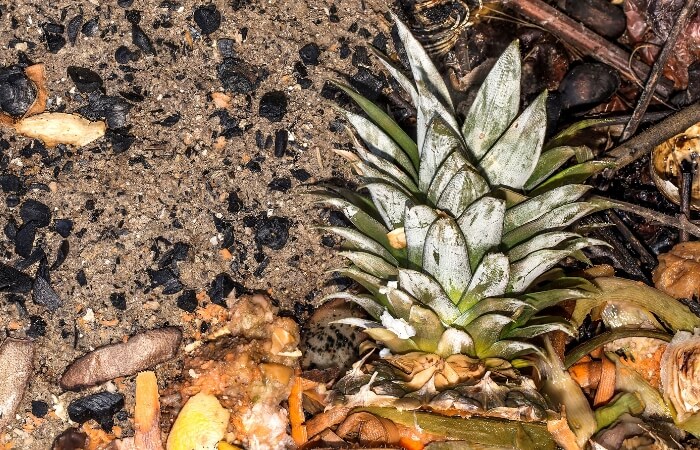
To help guide you through the pineapple composting process, I detail below if you should compost pineapple, the pros and cons, how long it takes to decompose, and the steps to composting it successfully.
Don’t let the acidity of pineapple scare you away from recycling the fruit into compost. Follow along to find out how to get it right!
Can Pineapple Be Composted?
Adding new or unusual ingredients to your compost can feel risky, especially when you don’t know how it will react.
Pineapple is one fruit that many people choose to avoid composting as the high acidity levels may unbalance a well-running compost pile. But, with pineapple being such a favorite summer fruit, it’s easy to feel guilty tossing all those scraps into your trash bin and letting them go to the landfill.
Luckily, you can work pineapple into your compost, just as you would other acidic fruits like lemons or oranges.
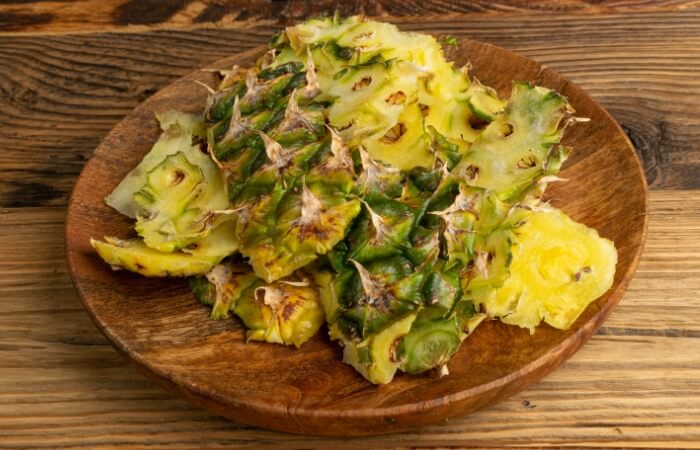
Some portions of the pineapple, like the moist inner flesh, are a great addition that will decompose quickly and give your compost a nitrogen boost.
Other portions of the pineapple will take longer to break down because they are much tougher, like the crown, skin, and inner core.
Still, these parts remain organic in nature and will decompose, especially when you give them a little help before tossing them into your composter.
Pros And Cons Of Composting Pineapple
Is it worth the hassle to compost pineapple? Check out this list of pros and cons to decide for yourself!
Pros
- It is a high-quality nitrogen compost material
- The moisture content off-sets dry ingredients for better compost balance
- Adds loads of sugar and protein to promote microbe action
- It is a fantastic addition to vermicomposting systems as worms love the sugar
- Recycles kitchen scraps instead of wasting landfill space
- Adds manganese, copper, calcium, zinc, phosphorus, and vitamins to compost
Cons
- Core, rind, and crown require extra prep for the fastest breakdown
- Higher fruit acidity may unbalance or harm microbe action
- The sweet sugar and odor may attract pests to the compost
How Long Does It Take For A Pineapple To Decompose?
Pineapple will decompose in different stages, depending on the part of the fruit and the location where it is left to decompose.
In a compost pile, with the addition of a proper ratio of carbon ingredients, pineapple flesh should decompose in 6-12 days. The tougher pineapple components, like the skin or crown, may take 2-4 weeks to fully break down.
In a landfill, the decomposition of pineapple will take several months, if not longer, as conditions are not consistent.
The pineapple may get buried and compacted, creating an anaerobic environment that halts decomposition as beneficial microbes can’t function. The pineapple may be lying on top and dry out with the sun, leaving a hard mass that can remain for a year.
The same situation applies if you just toss a pineapple scrap outside. If it lands on the driveway, it will take days or weeks before the ants, birds, or rodents carry it off, or weather variations and random microorganisms start to break down the material.
If the pineapple lands on soil or grass, decomposition should happen in a few weeks since there are more fungi, insects, and microorganisms in the ground that have direct access to the fruit.
How To Compost Pineapple
To get the fastest results processing pineapple, follow these steps for composting:
Step 1. Cut Up Large Pineapple Scraps
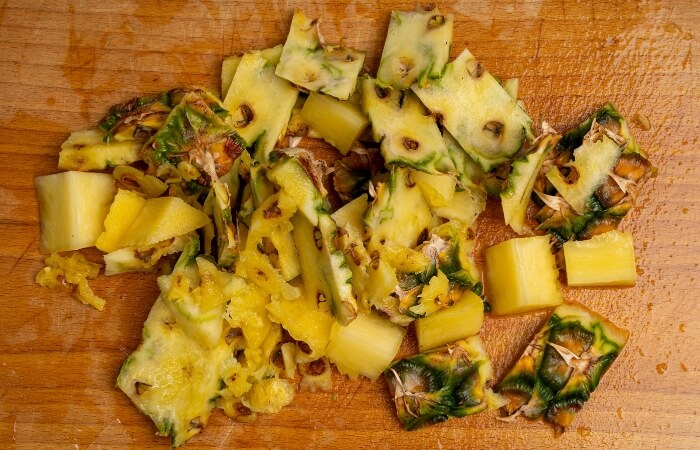
After you clean the pineapple and put away the tasty, sweet flesh of the fruit, you’ll want to prep the scraps, so they are ready for adding to your composter.
All composting systems, such as compost tumblers, compost bins, open compost piles, bokashi compost systems, or vermicomposting, will process pineapple much faster if you take the time to cut up scraps into small pieces.
Use a sharp knife to chop up the pineapple core, crown, and skin into chunks around an inch in size or less.
The more you reduce the pineapple chunk size, the faster it will break down. If you have an old food processor, you can toss the crown and tougher parts inside to grate them up quickly with less stress.
Step 2. Let the Pineapple Rest
If possible, let the pineapple scraps rest inside a covered bucket for a few days before tossing them into your composter.
The acidity levels within pineapple can be a concern if you add too much at once to your system or if you add it regularly.
Acid levels within pineapple drop as the fruit ages, so giving it a few extra days to bring acid to a more neutral figure is helpful to the overall composting process.
The resting stage also keeps moisture within the fruit but spreads it out to the crown and rind portions, so they become softer and easier for microbes to digest.
Step 3. Balance the Pineapple with Carbon Ingredients
Pineapple isn’t as wet as other fruits, so you only need to balance it out with two parts of a dry, carbon ingredient like shredded leaves or cardboard.
The nitrogen in pineapple is high, which will react with the carbon ingredients perfectly to enhance the action of your compost pile. The heat levels will remain high inside the compost, and the microbes will have plenty of sugars to stay healthy and active.
If you’re adding a lot of moisture-laden pineapple flesh to your composter, do ensure you mix it well with extra dry ingredients to keep the compost from getting too wet.
Use a compost moisture meter to ensure you’re getting it right.
Do add a good layer of straw or leaves over the outside of a compost pile after adding a sweet fruit like pineapple, as the smell will draw pests, birds, and rodents.
Step 4. Turn the Compost
To keep the pineapple and other compost ingredients processing within your pile or bin, you’ll need to turn the material on a regular schedule.
You should turn an outdoor compost pile every five to seven days. Do a good job bringing up the material from the center of the pile and bringing it to the outside, and pushing less-processed material to the inside.
This rotation of material will keep the pile’s center hotter, balance out any uneven moisture, and bring fresh food to the hungry microbes.
You’ll want to spin a compost tumbler every three to five days for the most beneficial breakdown of the ingredients. Two or three turns per session are sufficient to refresh the material inside.
A stationary compost bin will require turning every 4-6 days. The best tool for this job is a compost-turning tool that lets you manually rotate material without strain or having the contents fall out of the container.
In Summary
Composting pineapple may present challenges, but it should not deter you from adding its beneficial ingredients to your compost that will enrich your garden soil and help your plants grow.
You don’t have to worry if pineapple acidity will ruin your compost, nor that the tough skin or the thick leaves on the crown will take forever to decompose. With a small bit of extra work, you can easily compost all parts of pineapple and do something great for your garden!
